In today’s environmentally conscious world, the demand for sustainable packaging solutions has intensified across industries, prompting businesses, especially small enterprises, to prioritize eco-friendly practices. This blog delves into why sustainable food and drinks packaging is vital for small businesses, emphasizing the growing consumer preference for environmentally responsible products. It examines a spectrum of sustainable packaging options, from biodegradable materials that reduce landfill waste to recyclable and compostable alternatives that support a circular economy. Through insightful case studies, it illustrates how small businesses can successfully implement sustainable packaging strategies to enhance brand reputation and meet market expectations. Additionally, the blog addresses the challenges such as initial cost considerations and consumer education, while exploring future trends in packaging innovation aimed at further minimizing environmental impact.
Sustainable packaging refers to the use of materials and manufacturing processes that have a reduced environmental impact compared to traditional packaging methods. It aims to minimize carbon footprint, reduce waste generation, and promote recycling and reuse.
Section 1 Types of Sustainable Food Packaging
1.1 Biodegradable Packaging
Biodegradable packaging breaks down naturally over time, typically through microbial activity, into non-toxic components. Examples include packaging made from plant-based materials like cornstarch or sugarcane.
Biodegradable packaging offers the benefit of reducing landfill waste and carbon emissions associated with traditional plastics. However, challenges such as durability and cost-effectiveness need careful consideration.
Examples of biodegradable packaging materials commonly used in the industry:
○ Biodegradable Plastics: Made from renewable sources like corn starch or sugarcane.
○ Paper-based Packaging: Includes paper bags, boxes, and cartons designed to degrade naturally.
○ Mushroom Packaging: Uses mycelium (fungus roots) to create biodegradable packaging materials.
○ Biodegradable Films: Thin films made from starch or cellulose that break down in natural environments.
○ Biodegradable Foam: Alternatives to traditional styrofoam, often made from starches or algae-based materials.
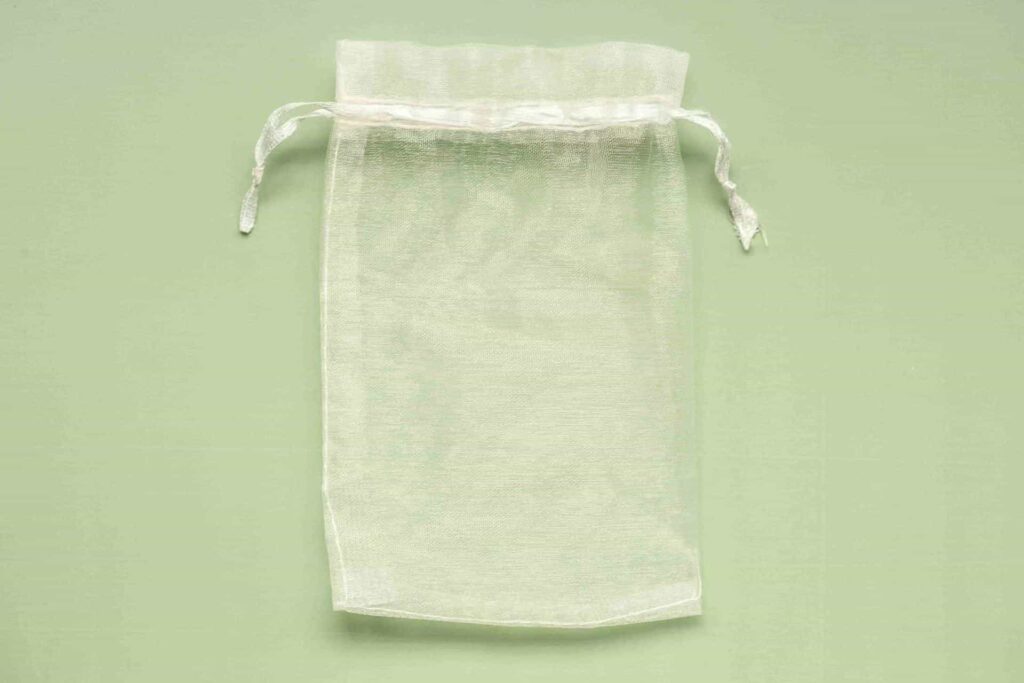

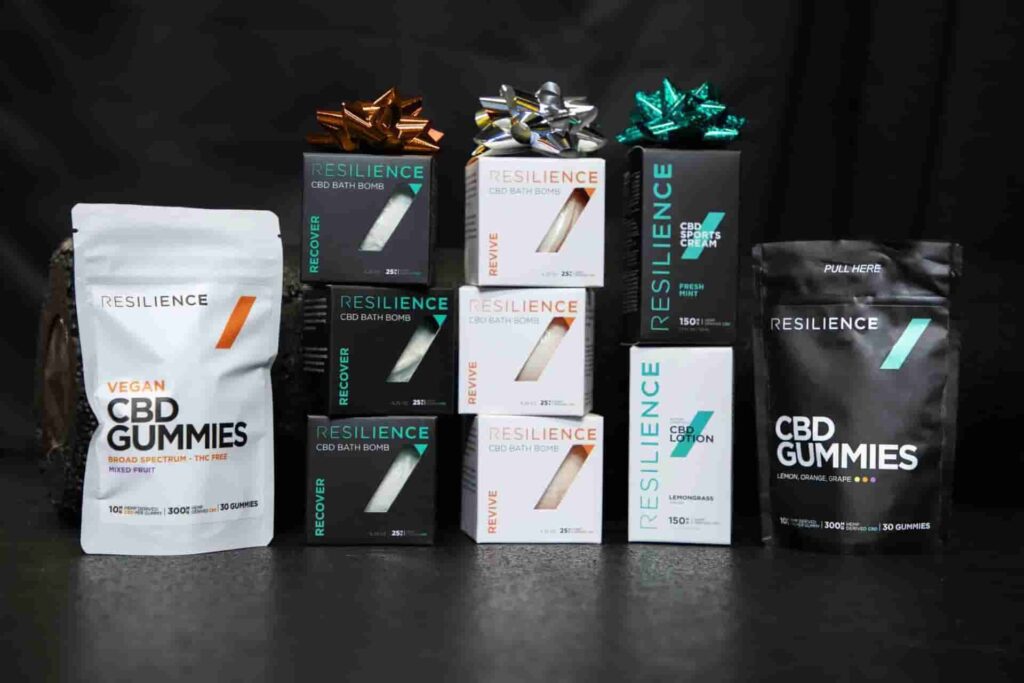
1.2 Recyclable Packaging
Recyclable packaging is designed to be collected, processed, and used to make new products. Common materials include paper, cardboard, glass, and certain plastics labeled with recycling symbols.
Using recyclable materials encourages a circular economy by reducing the consumption of virgin resources and energy required for production. It also aligns with consumer preferences for eco-friendly products.
Examples of recyclable packaging materials commonly used in various industries:
○ Cardboard Boxes: Made from paperboard and widely recycled.
○ Glass Bottles and Jars: Infinitely recyclable without losing quality.
○ Aluminum Cans: Highly recyclable and can be reused to create new cans.
○ Certain Plastics: Types such as PET (Polyethylene Terephthalate) and HDPE (High-Density Polyethylene) are widely accepted in recycling programs.
○ Metal Tins and Cans: Including tinplate and aluminum cans, which are recyclable metals.
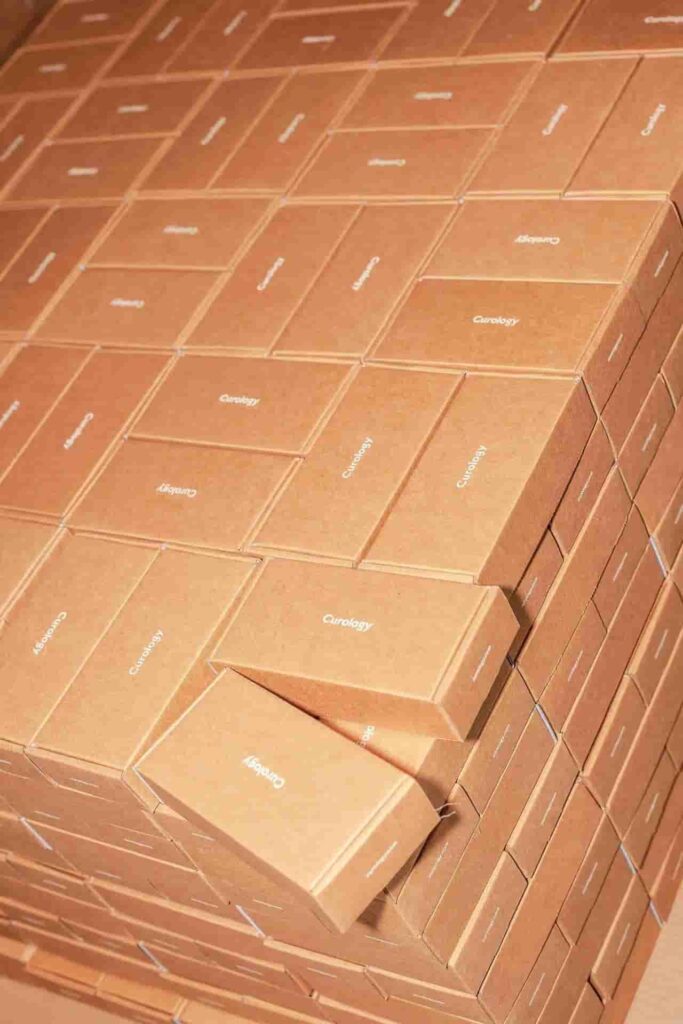

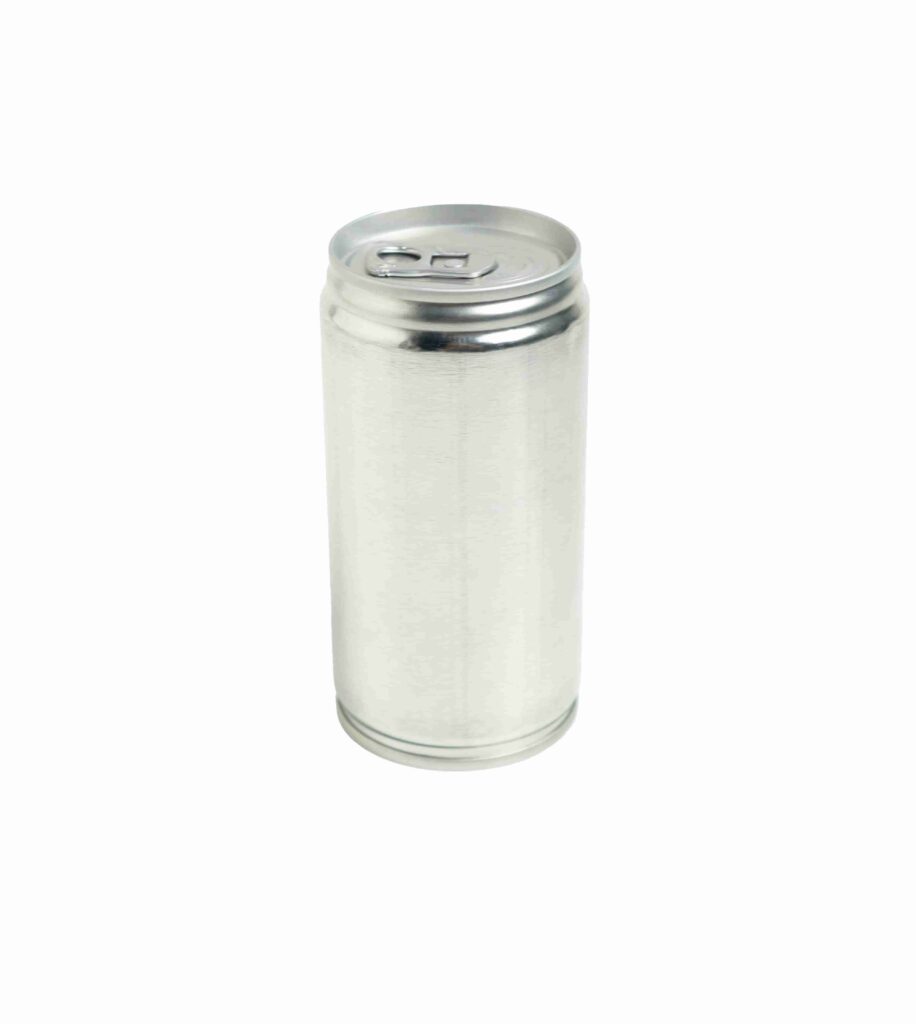
1.3 Compostable Packaging
Compostable packaging is similar to biodegradable packaging but undergoes degradation under specific composting conditions, resulting in organic matter that enriches soil. It includes materials like PLA (polylactic acid) derived from renewable resources.
Compostable packaging offers a sustainable end-of-life option, supporting waste reduction and soil health. However, proper composting facilities and consumer education are essential for effective disposal.
Examples of compostable packaging materials commonly used in various applications:
○ PLA (Polylactic Acid) Plastics: Derived from renewable resources like corn starch or sugarcane.
○ Bagasse: Fibrous residue from sugarcane processing, used for products like plates and containers.
○ Paper and Cardboard: Certain types of paper and cardboard are compostable, especially those without plastic coatings or additives.
○ Wooden Packaging: Includes items like cutlery and trays made from sustainably sourced wood.
○ Palm Leaf and Bamboo: Natural materials that break down easily in composting conditions.


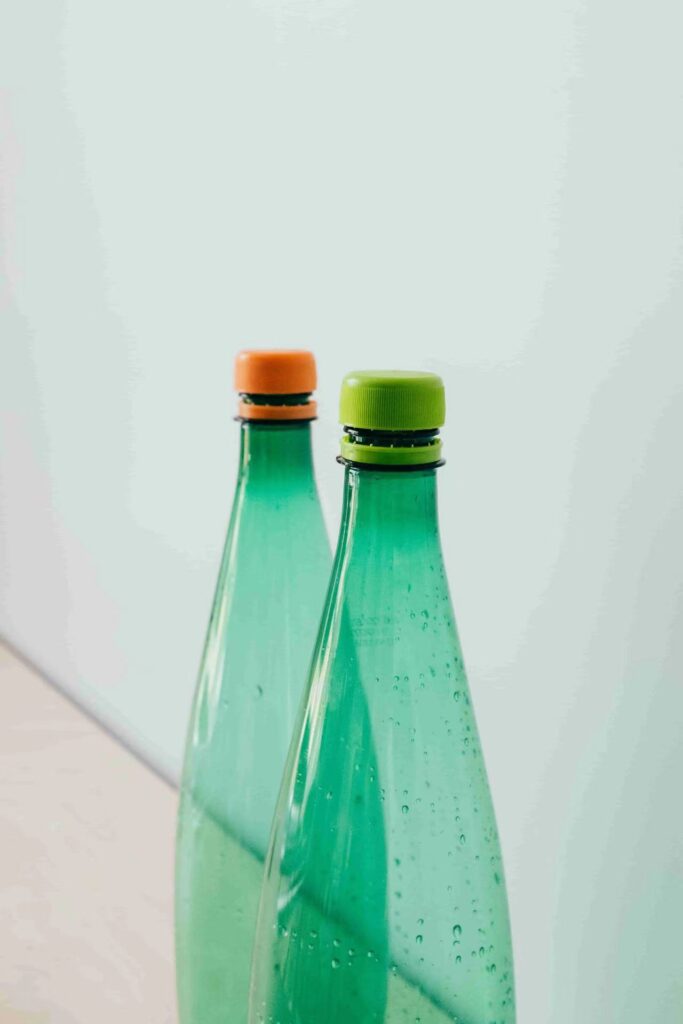
Section 2 Sustainable Drinks Packaging Options
Glass packaging stands out for its exceptional sustainability, being endlessly recyclable without compromising quality. This makes it a standout choice for small businesses looking to minimize their environmental footprint. Whether used for beverages, sauces, or other food products, glass bottles and jars offer durability, enhancing product integrity and shelf appeal. Beyond its robustness, glass exudes a premium aesthetic that aligns well with eco-conscious consumer preferences. Choosing glass reinforces a brand’s commitment to sustainability and contributes to a circular economy by reducing the demand for new raw materials and lowering carbon emissions associated with production.
Here are some examples of glass bottles and glass jars commonly used in various applications: Glass Juice Bottles, Glass Milk Bottles, Glass Water Bottles, Glass Wine Bottles, Glass Sauce Bottles, Glass Olive Oil Bottles, Glass Perfume Bottles, Glass Cosmetic Jars, Glass Jam Jars, Glass Honey Jars, Glass Candle Jars, Glass Mason Jars, Glass Storage Jars, Glass Spice Jars, Glass Apothecary Jars.
2.2 Aluminum Cans
Aluminum cans represent a lightweight, stackable, and exceptionally recyclable packaging solution, making them ideal for containing a variety of beverages like soft drinks, beer, and ready-to-drink options. Their lightweight nature facilitates easy transport and storage, while their recyclability ensures minimal environmental impact. Recycling aluminum cans not only conserves resources but also saves substantial energy, significantly reducing the carbon footprint compared to manufacturing new aluminum from raw materials. This sustainability aspect underscores aluminum cans as a preferred choice for businesses aiming to enhance their environmental stewardship while meeting consumer demand for convenient and eco-friendly packaging solutions. Here are some common applications and types of beverages often packaged in aluminum cans: Soda Cans, Beer Cans, Energy Drink Cans, Canned Wine, Canned Cocktails.
2.3 Tetra Paks and Cartons
Tetra Paks and cartons combine layers of paperboard, plastic, and aluminum to create versatile packaging solutions ideal for liquid foods and beverages. Their lightweight construction ensures easy handling and transportation, while their design supports convenient storage and pouring. These packages are not only recyclable but also contribute to reducing environmental impact by conserving resources and promoting a circular economy. Additionally, Tetra Paks and cartons enhance food preservation, extending shelf life without the need for refrigeration. This capability significantly reduces food waste, making them a preferred choice for consumers seeking both convenience and sustainability in their packaged products.
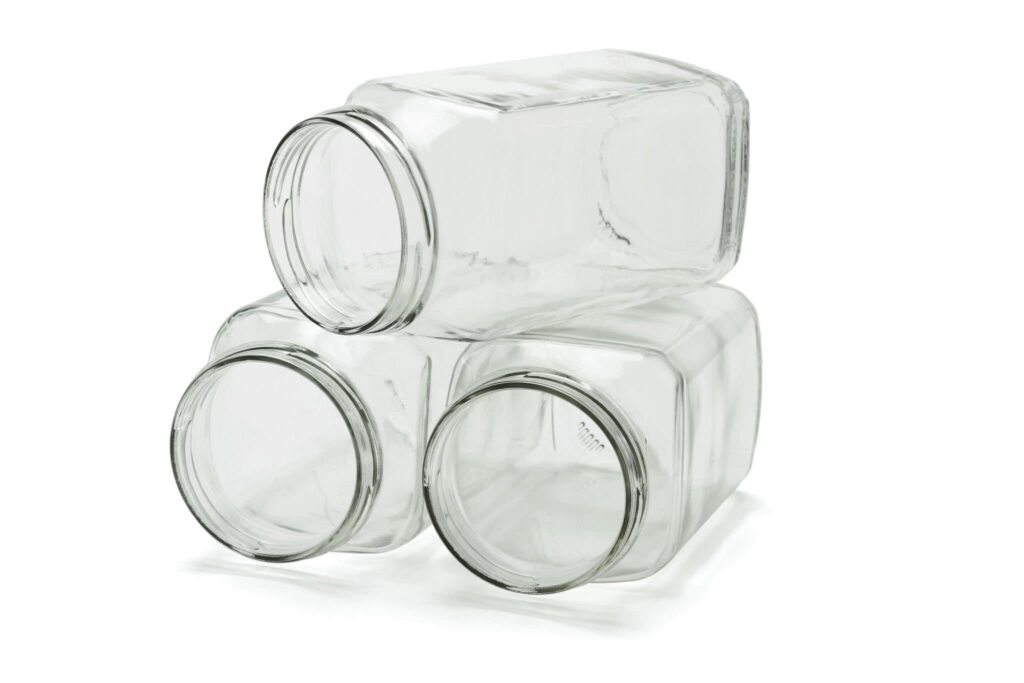
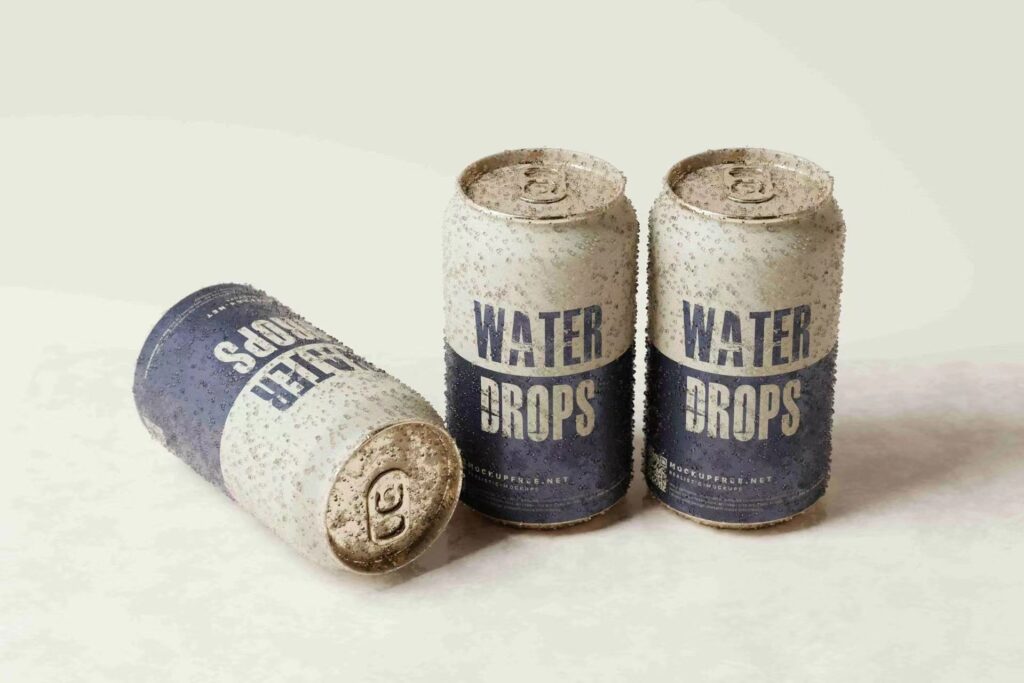
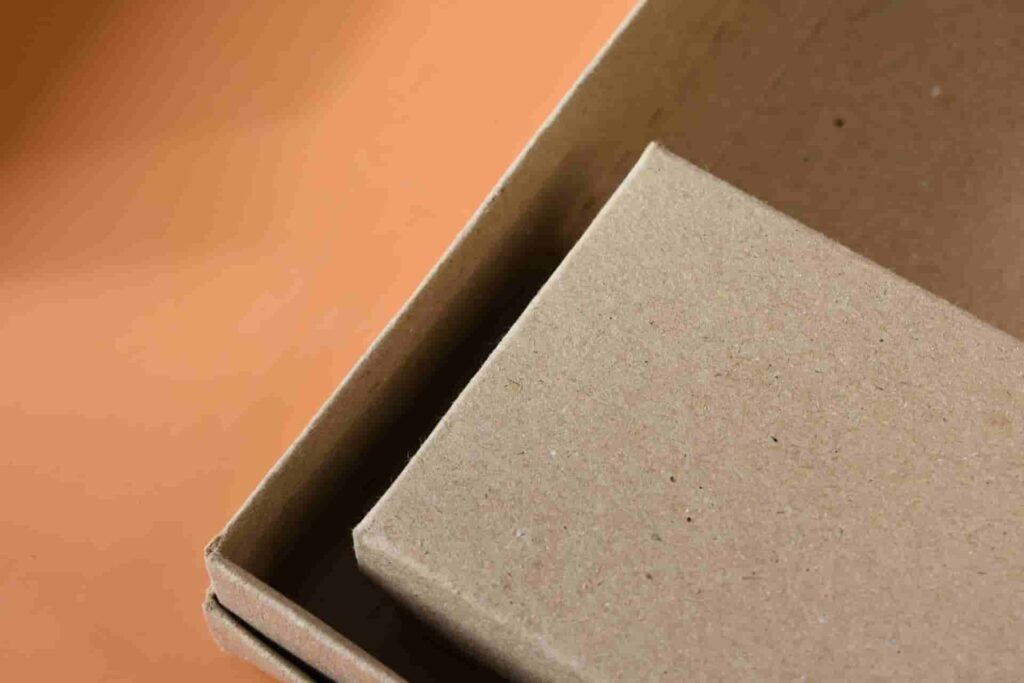
Section 3 Case Studies of Small Businesses Using Sustainable Packaging
▶ Green Eats Co.
Green Eats Co., a small organic food startup, switched from conventional plastic containers to compostable packaging made from plant-based materials. This transition not only aligned with their brand values but also resonated with environmentally conscious consumers, leading to increased sales and brand loyalty.
▶ EcoBrew Coffee
EcoBrew Coffee adopted aluminum cans for their cold brew coffee, emphasizing the recyclability and lightweight nature of aluminum. This move not only reduced their packaging carbon footprint but also enhanced the portability and freshness of their products, appealing to on-the-go consumers.
Section 4 Challenges and Solutions
4.1 Cost Considerations
While sustainable packaging may have higher upfront costs compared to conventional options, businesses can offset these expenses through long-term savings in waste management and enhanced brand reputation. Government incentives and grants for sustainable practices can also provide financial support.
4.2 Consumer Perception and Education
Educating consumers about the benefits of sustainable packaging is crucial for fostering acceptance and demand. Transparent labeling and communication of eco-friendly initiatives help build trust and encourage environmentally responsible purchasing decisions.
Section 5 Future Trends in Sustainable Packaging
Advancements in materials science, such as bioplastics and nanotechnology, are paving the way for more sustainable packaging solutions. Innovations in recycling technologies and packaging design are expected to further reduce environmental impacts and enhance product performance.
In conclusion, adopting sustainable food and drink packaging not only benefits the environment but also strengthens brand reputation and fosters consumer loyalty for small businesses. By opting for biodegradable, recyclable, or compostable materials and actively educating consumers about these choices, companies like Smilebottles can lead by example in promoting sustainability across the supply chain. This commitment not only supports ecological well-being but also aligns with increasing consumer expectations for environmentally responsible products, positioning businesses for long-term success in a competitive market.











